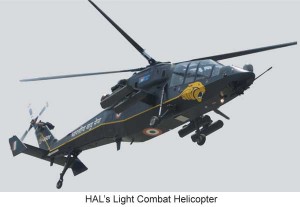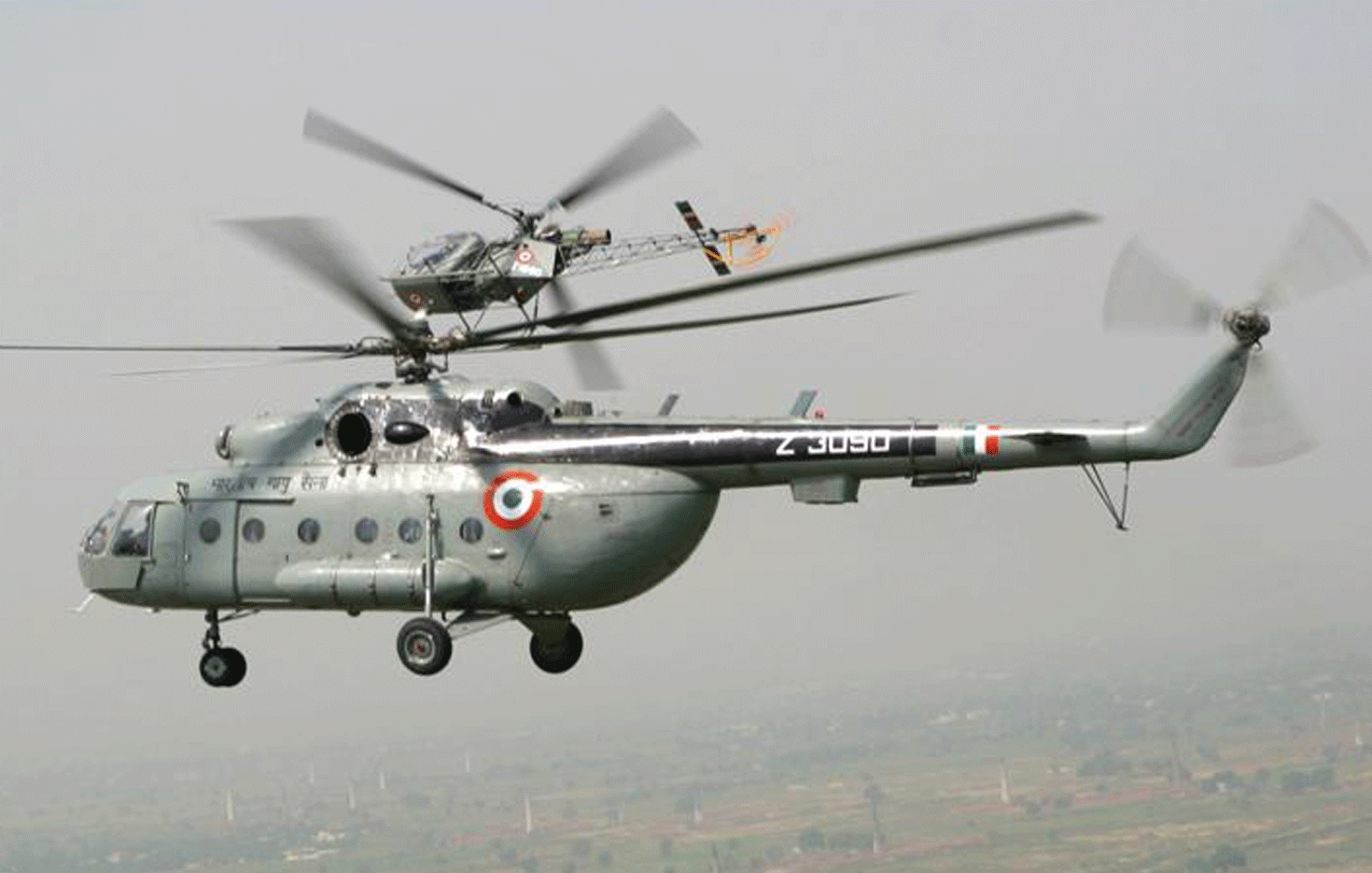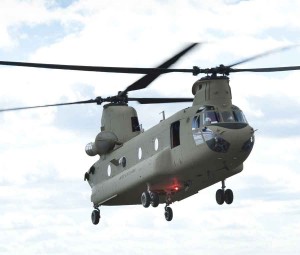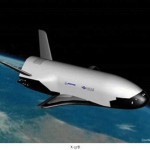Transport and Helicopter Fleet
After the 1971 war with Pakistan, the IAF’s airlift capabilities were geared to support operations on the Western front during wartime and in peacetime to carry out routine air maintenance. The IL-76 and An-32 fleets have done yeoman service but with a vision that encompasses intercontinental deployments and power projection overseas, the C-17 Globemaster III and the C-130 J class of aircraft became an absolute necessity. The IAF has acquired six C-130J Super Hercules and a further six aircraft are essential to have a full squadron complement. Ideally the IAF should have at least two squadrons of these aircraft.
Boeing is close to winning an order for ten C-17 Globemaster III and another six may be ordered later. Both these aircraft have inflight refueling capability allowing them inter-continental reach. India and Russia are to jointly develop a MultiRole Transport Aircraft (MTA) by 2017 but the track record of HAL belies this optimism. The An-32 fleet of over 100 aircraft is also being upgraded by the OEM to extend life to 40 years and to conform to ICAO standards. In the next ten years, the complete transport fleet of the IAF will be upgraded to give IAF the envisioned global reach.
 The Mi-8, Mi-17, Chetak and Cheetah helicopters have been the work horses of the IAF providing logistics support to the Army in the mountainous terrain of the Northern and the North Eastern sectors. These helicopters are reaching the end of their life and the IAF needs replacements. The IAF has on order 80 Mi-17 1V and an order for 59 more is likely to follow. The Chetak fleet is being replaced by the HAL Advanced Light Helicopter. HAL built Light Combat Helicopter and the Light Utility Helicopter will also be available in a few years. The IAF also needs replacements for the Mi-26 heavy lift and Mi-35 attack helicopters. In response to an RFP for 15 heavy lift helicopters, Boeing offered the CH-47F Chinook and the trials have been completed. Field trials have also been conducted for the Boeing AH-64D Apache in response to RFP for 22 attack helicopters. With the induction of the new machines, the helicopter fleet will be equipped with new technologies of in-flight refueling, glass cockpits and night capability, essential to meet emerging requirements.
The Mi-8, Mi-17, Chetak and Cheetah helicopters have been the work horses of the IAF providing logistics support to the Army in the mountainous terrain of the Northern and the North Eastern sectors. These helicopters are reaching the end of their life and the IAF needs replacements. The IAF has on order 80 Mi-17 1V and an order for 59 more is likely to follow. The Chetak fleet is being replaced by the HAL Advanced Light Helicopter. HAL built Light Combat Helicopter and the Light Utility Helicopter will also be available in a few years. The IAF also needs replacements for the Mi-26 heavy lift and Mi-35 attack helicopters. In response to an RFP for 15 heavy lift helicopters, Boeing offered the CH-47F Chinook and the trials have been completed. Field trials have also been conducted for the Boeing AH-64D Apache in response to RFP for 22 attack helicopters. With the induction of the new machines, the helicopter fleet will be equipped with new technologies of in-flight refueling, glass cockpits and night capability, essential to meet emerging requirements.
Indian Navy and ICG
In November 2010, the Indian Defence Minister called for increased Navy to Navy contact with the littoral states in the IOR, deployment of ships and aircraft for surveillance in this region, and monitoring of pirate infested waters. It has been reported that by 2022 the IN would have three aircraft carriers and close to 400 aircraft of different types. In the next 10 years the IN is to commission two new aircraft carriers, the INS Vikramaditya and the indigenous carrier being built at Cochin Shipyard. Few of the 45 MiG 29K, carrier based aircraft are already in country.
Discussions have been held with Lockheed Martin for the possible purchase of the F-35 aircraft for the third carrier. The naval version of the LCA will also be deployed on the carriers. The IN plans to procure 12 Boeing P-8I, 16 multirole helicopters, upgrade the sensors and avionics of the ageing Sea Kings and acquire UAV’s to enhance surveillance at sea. These measures are needed to counter the Chinese Navy in India’s maritime neighbourhood.
During the 33rd Anniversary celebrations of the Indian Coast Guard (ICG) it was revealed that the Government had approved the proposal of the service to acquire 42 aircraft. The ICG needs to add six Medium Range Maritime Reconnaissance to its fleet and the Russian Irkut Beriev Be-200 and the Bombardier Q-400 have been shortlisted. ICG will also be acquiring eight helicopters for Coastal Search and Rescue. The aviation wings of the IN and the ICG are responsible for maritime surveillance utilising resources of the IAF as well. The Boeing P-8I aircraft will cover the extended areas, the belt of 200- 500 kms will be covered by the medium range aircraft and areas near the coastline by the Dornier 228, helicopters and the UAV’s.
It is estimated that the modernisation of India’s military aviation in the next 15 years will entail an expenditure of $ 30 billion…
The 26/11 terrorist attack on Mumbai had revealed weaknesses in the coastal defences and the need for qualitative change. The IN and the ICG require additional land-based aircraft to extend their reach and reduce response time. The planned upgradation of IN and ICG aviation wings will give India the aircraft to support a blue water navy and ensure security of the coastal areas.
Army Aviation
Army Aviation became an independent arm in 1986 when the Air OP flights were transferred from the IAF to the Army. Army Aviation needs light helicopters for Reconnaissance, Surveillance and utility tasks. Suitable machines are required for attack and tactical airlift. The Army is also looking for a light fixed wing aircraft. A tender for 197 helicopters has been floated and it is projected that by 2020 the Indian Army will have a fleet of 500 helicopters and light fixed wing aircraft. The fleet will include HAL produced Light Combat Helicopter, Advanced Light Helicopter and the Light Utility Helicopter.
Search & Rescue
An effective Search and Rescue ( S&R) systems is a prime requirement and as the IAF, IN and the ICG expand their area of operations the S&R systems must keep pace. S&R syatems procured should be able to locate a crash site and rescue personnel soonest as delay enhances fatalities. Besides, an integrated civil and military aerial S&R system is essential, the failure to find Chief Minister, YSR Reddy’s crashed helicopter for 24 hours after the accident bears testimony to this deficiency.
Modernisation of aviation assets is usually inhibited by financial constraints and the general perception is that adequate funds have not been made available to the Armed Forces. Recently the Defence Expenditure Review Committee reported the shortcomings of the acquisition process which led to the three Services surrendering $ 8.5 billion in the period 2000-01 to 2007-08. Defence procurement has been plagued by delays and procedures need to be streamlined if new acquisitions are to be in place as planned.
Conclusion
It is an acknowledged fact that the Indian aerospace industry has not been able to fully meet the requirements of the armed forces. China on the other hand is self reliant to a great extent its imports reducing from $ 3.5 billion in 2005 to $ 0.6 billion in 2009. The Light Combat Aircraft should have been in squadron service years ago but is yet to go into full production. A basic trainer aircraft and Intermediate Jet Trainer are still not available to the IAF. While there may be reasons for the shortfall, the situation merits introspection and collaborative action at the highest levels in the IAF and DRDO if a measure of self sufficiency is to be achieved in the next two decades.
India has embarked on a very ambitious modernisation of the aviation assets of the three Services and the ICG and most of these new acquisitions should be operational by 2020. Concurrently, the IAF, IN and the ICG are improving infrastructure and support services at a number of airbases. It is no surprise that out of the 30 IAF airbases that will be upgraded in the first phase, sixteen are along the Sino-Indian border. The new aircraft and upgraded airbases are needed to protect India’s strategic interests and achieve airpower dominance in the IOR and over the Sub-Continent. It is estimated that the modernisation of India’s military aviation in the next 15 years will entail an expenditure of $ 30 billion and the new acquisitions will address security concerns till the year 2030 while providing India air power dominance, enhanced power projection, deep strike and strategic airlift capability.






